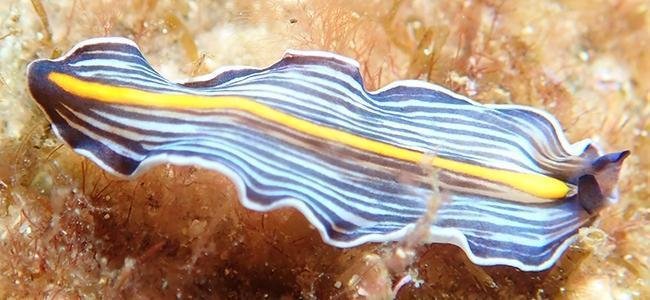Platyhelminthes, also known as flatworms (although they are not really worms/annelids), are a phylum of species that includes approximately 20,000 species. These are species that, as their common name indicates, adopt a very flattened ribbon shape, in which they present bilateral symmetry. They are mostly associated with humid environments, although it is possible to find certain terrestrial species or even aerial ones. As for the phylogenetic classification of flatworms, this phylum is divided into 6 classes, 3 of them forming the subphylum Neodermata (Classes Cestoda, Monogenea, Trematoda), and the other 3 independently (Classes Catenulida, Rhabditophora and Platyhelminthes incertae sedis).
- Cestoda. There are about 4,000 species, mostly parasitic, among which we find the Taenias. These species have complex biological cycles in which several species are involved as hosts.
- Monogenea. Small (30 micrometers to 2 cm) parasitic species, especially of fish and amphibians, and with a single host.
- Trematoda. They are also mainly parasitic species.
- Catenulida. This is a group of small-sized species (<2 mm) and with a filiform shape, that mostly inhabit fresh waters, with a few marine exceptions.
- Rhabditophora. They are the group of species that we are most likely to observe in the seabed and on which we will focus in this guide because they are the free-living aquatic species. It includes all those species previously under the umbrella of the Turbellaria class.
- Platyhelminthes incertae sedis.
Focusing on the class Rhabditophora, most of the species are between 2 and 4 cm in length, and mostly inhabit saltwater, although there are freshwater species. They can often be confused with nudibranchs, although flatworms lack rhinophores and gills and this will allow us to know that we are dealing with a flatworm species. The most common form of reproduction is simultaneous hermaphroditism without self-fertilization, but two specimens exchange sperm in order to fertilize the eggs of the other specimen. Despite the simple appearance of the body, they have relatively complex male and female reproductive organs.





